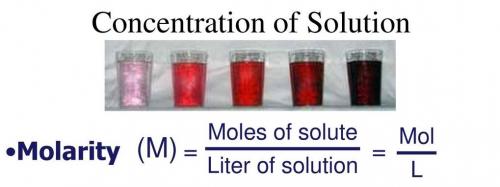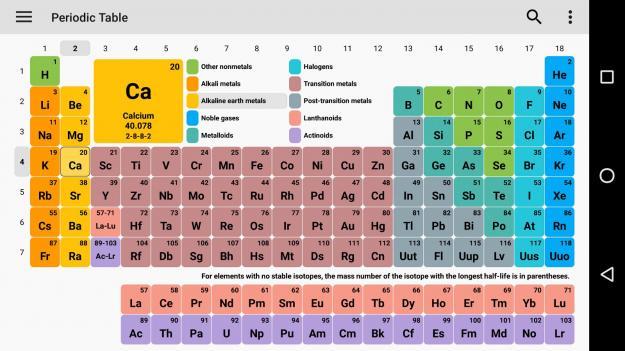 9
9 The functions of a cell compared to the functions of organism are described below.
Explanation:
As an organism is made up of different kinds of cells, the functions of a cell and a whole organism are almost similar. The organisms contain organs and organ systems to perform specialized functions whereas the cells contain specialized organelles for specific tasks.
For example, the excretory system comprising of kidneys, bladder, ureters etc is involved in the excretion of wastes from the organisms. Whereas, the cells have the organelles like lysosomes to get rid of waste materials.
 118
118  118
118 
Answer:
AStep-by-step explanation:
The input force is 50 N. But it will not create not any change. No mechanical advantage is observed.

Calcium (Ca)(On the periodic table, ionization energy increases as you go up and to the right of the periodic table)


It will provide an instant answer!
